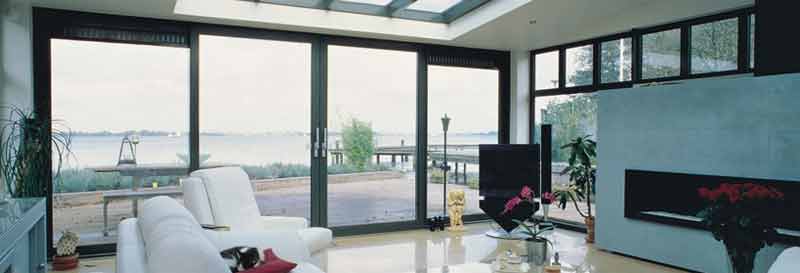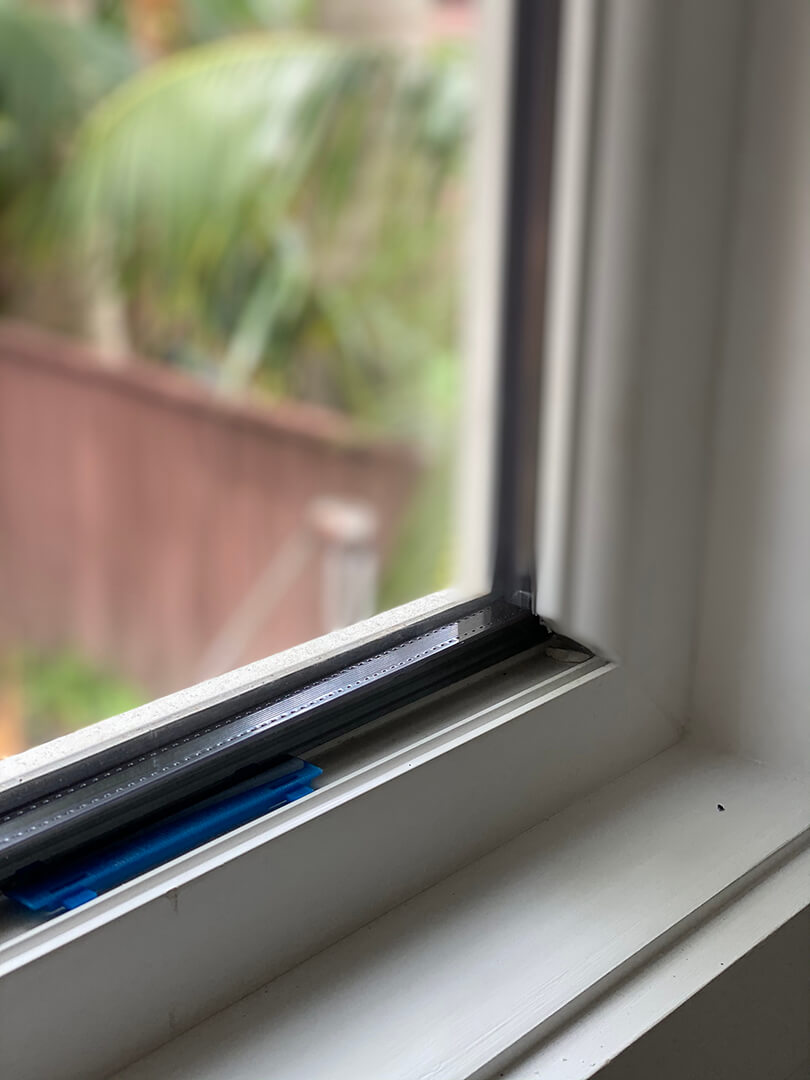All Categories
Featured
Table of Contents
Sustainability in Leederville WA
That window can send more solar heat in winter season than in summertime. A west-facing window on a summertime's afternoon has an angle of incidence from near 0 approximately 30 with a large effective area of solar radiation. A north-facing window, in summer, has a high angle of incidence and a low effective area of solar radiation, so can send less heat than a west-facing one.

You can quickly and quickly improve the thermal performance of your house by changing your windows. There are thousands of types of glass and frames to select from.
Techniques For Double Glazing Windows in Menora Perth
There are various types of glass items to pick from. Single glazing utilizes a single pane of glass. Single glazing with clear glass is not really efficient when it comes to heat loss or gain. To improve performance, you can utilize single glazing with a more energy-efficient type of glass such as low emissivity (low-e) glass.
Numerous layers can be put together with sealed cavities between each sheet of glass. IGUs generally offer better energy performance than single glazing, since they transfer less energy. Nevertheless, the energy efficiency of IGUs likewise depends on: the homes of each layer of glass. Different glass types (for instance, clear and low-e glass) can be assembled in an IGU.
Double Glazing Vs Triple Glazing For Windows (2023) in Seville Grove WA

IGU cavities can be filled with air or a more inert, low-conductivity gas such as argon the width of the cavity. Cavity density is usually 6 to 18mm. Larger cavities provide lower (much better) U worths, with 12mm generally accepted as the preferred space how well the cavity is sealed. Cavities need to be dry and well sealed to prevent moisture getting in.
If argon is installed to the cavity in location of air, wetness is dependably omitted the level of desiccant (drying representative). The spacer (metal or polymer strip) that separates the glass layers consists of a desiccant to soak up any moisture. Insufficient desiccant may trigger moisture to condense on the glass surface area in cold conditions, decreasing thermal efficiency.
The Ultimate Guide To Double Glazed Windows in Cannington WA
In reality, IGUs can provide better energy efficiency for all environments, especially in heated and air-conditioned houses. Cross-section information of single, double and triple-glazing units Low emissivity glass (commonly called low-e glass) minimizes heat transfer. Low-e glass may be either high or low transmission: High transmission low-e glass has a coating that allows daylight from the sun to enter the house to accomplish good solar heat gain, but minimizes the amount of the long wavelength infrared heat that can escape back through the window.
Low-e glass has either a pyrolytic finishing or a vacuum-deposited thin movie metal coating. Pyrolytic finishings are resilient and can be used for any glazing; vacuum-deposited coatings are soft and are only utilized within IGUs. Low-e finishings can substantially enhance both U worth and SHGC; however, they must be utilized correctly or they will either degrade or fail to perform as required.
Double Glazing in Dalkeith Perth
Low-e coverings can be utilized in mix with clear, toned or reflective glass. Low-e finishings on glazing can reduce heat transfer where needed Image: Department of Market, Science, Energy and Resources Toned glass has actually colouring additives consisted of throughout manufacture. It is available in numerous colours, usually bronze, grey, blue and green.
Latest Posts
Why Is Double Glazing So Important In Winter? in Floreat Western Australia
Pros And Cons Of Argon Gas In Windows in Bedford Perth
Can I Have Double Glazing In A Summerhouse? in Madeley Perth